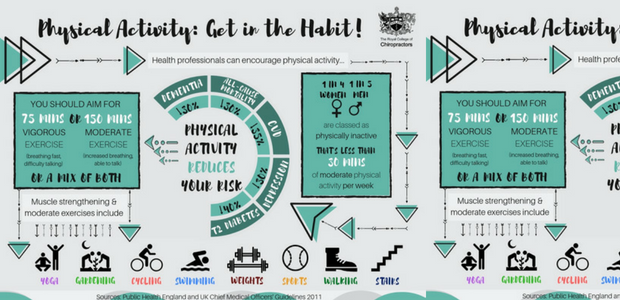The Duty Of Position In Pain In The Back: Tips For Achieving And Maintaining Good Positioning Throughout Your Day
The Duty Of Position In Pain In The Back: Tips For Achieving And Maintaining Good Positioning Throughout Your Day
Blog Article
Article Writer-Fletcher Rollins
Maintaining correct pose isn't almost sitting up right; it's about straightening your body in such a way that sustains your spine and minimizes the risk of pain in the back. The means you sit, stand, and relocate throughout the day can considerably impact your back health. Yet just how exactly can you ensure good alignment constantly, also throughout busy days loaded with numerous tasks? Allow's delve deeper right into the refined yet impactful adjustments you can make to your day-to-day routine to keep your back satisfied and healthy.
Significance of Correct Position
Appropriate stance is essential in maintaining a healthy back and protecting against discomfort. When you sit or stand with great posture, your spinal column is in alignment, lowering stress on your muscular tissues, ligaments, and joints. This alignment enables the body to distribute weight evenly, protecting against extreme stress and anxiety on particular locations that can bring about pain and pain. By maintaining your spine effectively lined up, you can also improve your breathing and digestion, as slouching can compress body organs and limit their performance.
Additionally, maintaining good posture can improve your general appearance and self-confidence. When you stand tall with your shoulders back and head held high, you exhibit confidence and appear even more approachable. Good position can also make you feel extra invigorated and sharp, as it advertises appropriate blood circulation and permits your muscular tissues to function efficiently.
Incorporating pediatric chiropractor into your daily regimen, whether resting at a workdesk, walking, or exercising, is vital for avoiding back pain and advertising general wellness. Keep in mind, a little adjustment in how you hold on your own can make a considerable distinction in exactly how you really feel and work throughout the day.
Common Postural Mistakes
When it concerns maintaining excellent pose, several people unconsciously make typical mistakes that can contribute to neck and back pain and pain. https://travisxndtj.like-blogs.com/31952694/captivated-by-the-various-sorts-of-pain-in-the-back-and-their-causes-unwind-the-mystery-of-your-back-pain-for-long-lasting-alleviation of the most widespread errors is slouching or stooping over while resting or standing. side back pain on the back and can lead to muscle imbalances and discomfort over time.
An additional usual error is overarching the reduced back, which can squash the natural contour of the back and trigger pain. Additionally, crossing legs while resting might feel comfy, but it can create a discrepancy in the hips and hips, resulting in postural problems.
Making use of a cushion that's as well soft or too solid while resting can likewise affect your placement and contribute to pain in the back. Lastly, continuously craning your neck to consider screens or readjusting your setting regularly can strain the neck and shoulders. Bearing in i heard a pop in my lower back then extreme pain can aid you maintain much better alignment and lower the threat of back pain.
Tips for Correcting Alignment
To boost your alignment and minimize pain in the back, it's essential to concentrate on making small adjustments throughout your daily routine. Beginning by being mindful of your position. When sitting, guarantee your feet are flat on the flooring, your back is straight, and your shoulders are relaxed. Avoid slouching or leaning to one side. Usage ergonomic chairs or cushions to sustain your lower back.
When standing, disperse your weight uniformly on both feet, maintain your knees slightly bent, and embed your pelvis. Involve your core muscles to support your spine. Take breaks to stretch and walk if you have a less active task. Integrate exercises that strengthen your core and back muscles, such as planks or bridges.
While sleeping, use a pillow that sustains the natural curve of your neck to maintain appropriate spine positioning. Avoid sleeping on your belly, as it can stress your neck and back. By bearing in mind these pointers and making small changes, you can progressively correct your positioning and reduce back pain.
Verdict
Bear in mind, maintaining excellent pose is vital to avoid back pain and advertising spine health. By bearing in mind your alignment, dispersing weight evenly, and involving your core muscles, you can minimize stress on your back and decrease the threat of pain and injury. Include ergonomic assistance, take normal breaks to stretch, and strengthen your core and back muscle mass to keep proper positioning throughout the day. Your back will certainly thanks for it!
